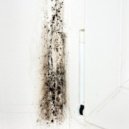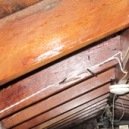Find a pre-screened local mold removal specialist Free Estimate
Find a Mold Specialist Now
Click or Call, Toll-Free 24/7
Mold on Walls
When we talk about dealing with mold on walls and the best way of removing wall mold, it’s important to understand that the answer to that question depends in part of what type of wall the mold is growing on. You need to deal with mold on a concrete or brick wall differently than you would deal with mold growing on drywall, for instance.
Walls Made of Concrete or Brick
Removing wall mold from walls made of concrete or brick is usually pretty simple. You can purchase antimicrobial cleansers at most home improvement stores (we like Foster 40-80 but there are other brands that will do the job, too). Scrub the moldy area with the antimicrobial cleanser with scrub brush or rag. Follow the instructions and safety precautions on the label carefully.
Sometimes it is difficult to remove all traces of mold from concrete or brick. In these cases, it may be necessary to apply a mold sealant to the surfaces after you’ve cleaned them as well as you can. This process, known as encapsulation, seals in any remaining traces of mold so the mold cannot grow or spread anymore. Here is more information on when to encapsulate.
Mold on Drywall
When drywall is moldy, removing wall mold becomes more complicated. Drywall is porous, meaning penetrable, and mold doesn’t just grow on the surface, but inside the microscopic pores, as well. It’s usually impossible to remove mold from drywall. Instead, the drywall has to be removed and replaced.
When there is mold on walls, there is often mold inside the walls, as well. To check for mold in walls, mold remediation experts recommend cutting inspection holes in the drywall every few feet, removing any insulation within the wall, then using a mirror and flashlight to inspect inside the wall. Mold cannot be removed from insulation so any moldy insulation will need to be removed and replaced.
Make sure you wear safety gear, including an N-95 respirator mask (available at home improvement and hardware stores), while removing moldy insulation and drywall, because the process exposes you to mold spores that can cause serious health problems. Seal moldy materials inside sturdy plastic trash bags before carrying them through the house for disposal in order to avoid spreading mold spores throughout the house.
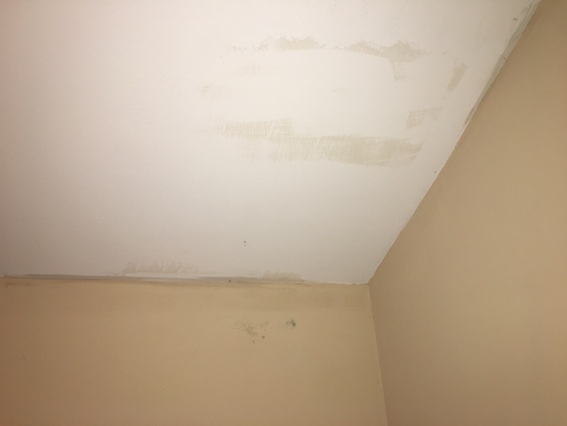 Mold on walls and ceiling
Mold on walls and ceilingWhen you see mold on walls, sometimes there is also mold on the wooden studs inside the walls. Since you can’t remove and replace those, you should clean them as well as you can with an antimicrobial cleanser and a brush, then apply a mold sealant. Sometimes professionals recommend sanding wood to remove mold, but that should only be done by a professional since it can cause mold to spread widely and it exposes the sander to significant health risks.
We recommend scheduling a free consultation with a mold remediation professional if you have mold covering a large surface area, if you aren’t sure whether there is mold in your walls or not, or if you think you have wooden studs in your walls that might need to be sanded in order to remove mold. You can get some expert advice at no cost to you, after which you can decide if you want to handle the job yourself or hire a professional to do the work for you. Follow this link for a list of mold remediation professionals offering free consultation in your area.
If you have any medical problems, especially immune system disorders or respiratory system disorders, check with your health care professional before beginning mold remediation. Your health care provider may recommend hiring a professional so you aren’t exposed to mold spores that could make your illness worse.
Return From Mold On Walls To Home Page
Free Home Inspection By A Mold Removal Specialist
Search This Website
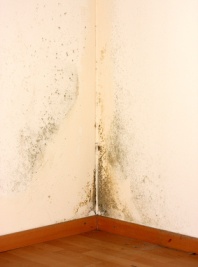 Mold on Drywall
Mold on Drywall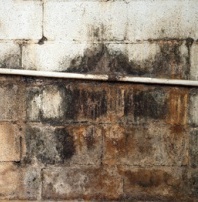 Mold on Concrete Wall
Mold on Concrete WallRecent Articles
-
See Our 5 Recommended Mold Removal Companies in Wheaton, IL
Jun 20, 24 10:33 AM
-
See Our 5 Recommended Mold Removal Companies in Aberdeen, SD
Oct 08, 21 04:05 PM
-
Public Housing Tenant Sick from Mold
Apr 24, 20 01:40 PM


